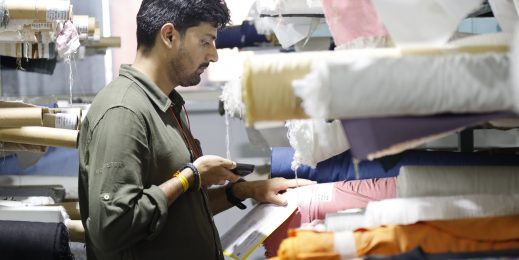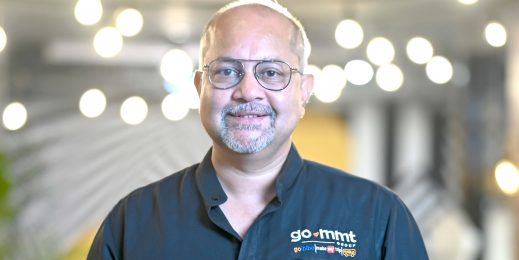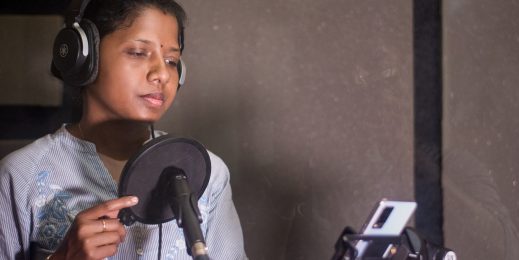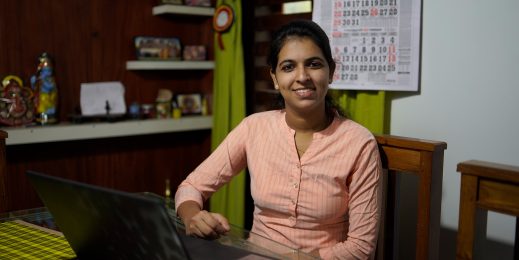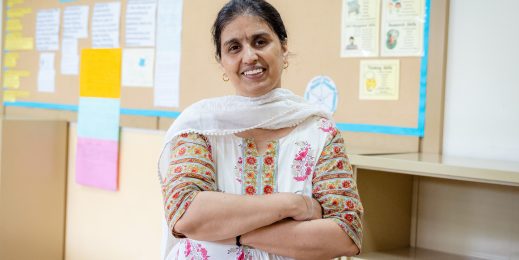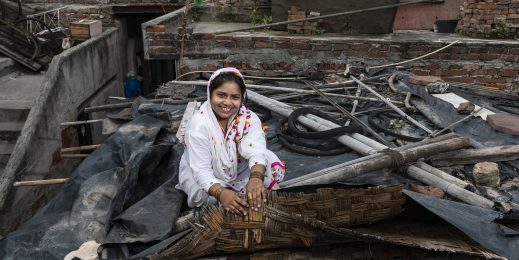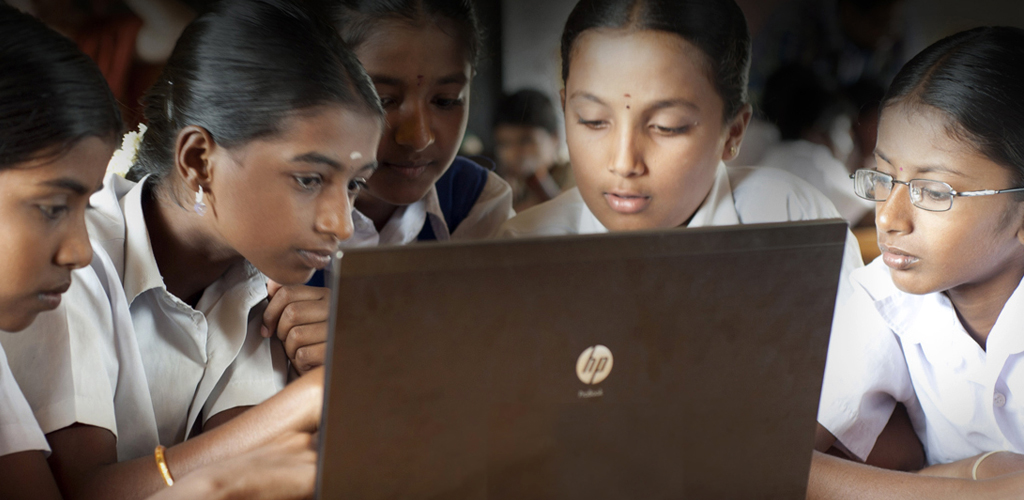
How children are learning to be their own teachers
School in the Cloud
Year: 2000, Place: A hole in the wall, Kalkaji, New Delhi
Aim of experiment: To know if children can actually teach themselves
Tools: A computer
Dr. Sugata Mitra didn’t know what was in store for him when he set up this experiment. He was utterly amazed and delighted by the results. The children proved themselves more than worthy of both his researcher’s curiosity, as well as his teacher’s instinct that they would figure out how to use the computer without any adult intervention.
In the space of a few months, the children taught themselves how to use the mouse and all the basic navigation functions, open and close programs, draw and paint pictures, set up and use email accounts, and go online to download games, music and videos. They even had their own very local terms to describe what they saw on the computer: ‘damru’ (a small, two-headed drum) for the hourglass symbol, and ‘sui’ (needle) or ‘teer’ (arrow) for the cursor.
From these modest beginnings, Dr. Mitra and his projects have come a long way. He set up learning stations in other places, and the results invariably showed that children need minimal, and sometimes no intervention, to pick up computer skills, and that they can construct their own learning environment. The method is now practiced in what goes by the name of SOLE (Self Organized Learning Environment).
Dr. Mitra is currently Professor of Educational Technology at Newcastle University, UK, and in 2013 he won the prestigious $1 million TED Prize to make his School in the Cloud dream a reality. TED, as you may know, is an organization that seeks to foster path breaking new ideas in technology, education, and design.
The School in the Cloud project kicked off with the establishment of two Schools in the Cloud Labs in UK and five in India. Microsoft, the lead technology partner for the School in the Cloud, answered Sugata’s TED Prize wish by enabling the creation of the online platform which brings together people around the globe who are putting SOLE approach into practice. Microsoft continues to leverage its resources and ecosystem to help School in the Cloud scale from a vision into a global movement.
“This is truly one of the largest One Microsoft deployments around social good.”
Wendy Norman, Director of Social Good at Skype
Two phrases that Dr. Mitra has used in recent interviews are quite fascinating from an India perspective. First, he describes the kind of learning he advocates as “learning at the edge of chaos”. Here are some interesting UNICEF figures for India, taken from a 2012 report. Only 12.6% of the country’s population uses the Internet, most of these being adults in urban areas. Child labor – reported figures only, the actual number is definitely much higher – averaged at 11.8%, while the incidence of child marriage stood at 18.2% before the age of 15 and 47.4% before the age of 18. In the poorest category, only 3.8% of the people between the ages of 15 and 24 knew about HIV and its dangers. Tellingly, there are no figures at all for early childhood development. These would have included figures on learning materials at home, children’s books, and adult/father’s support for learning.
All these figures could be substantially improved if the principles of SOLE were to be spread further. Most of the stories about India’s progress refer to a small section of a largely urban, or at best, semi-urban populace. With the majority of children in the country getting very little attention, especially the ones in the villages, these figures also sound a clarion call for projects such as the ‘School in the Cloud’.
The other phrase used by Dr. Mitra that catches the eye is that he feels SOLE works as “a lens, a magnifier of intellect”. When we think about the tremendous talent coming out of India in recent years, and the fact that India is now globally seen as a sourcing ground for highly skilled professionals, this phrase becomes especially relevant. The School in the Cloud and SOLE are designed for huge reach. Think of all the super smart people waiting to be discovered and developed out there in the Indian villages. The magnifying effect of SOLE would ensure that their abilities made it onto the global scale in a way never envisaged before. So not only is the School in the Cloud particularly suitable to the needs of India as a predominantly rural country and one that requires urgent access to modern ideas in some key areas, but also, on a more celebratory note, one that has a reputation for smart people who can benefit the world with their intellect, given the right “magnifier”.
Experts agree that the freedom of self-directed learning afforded by SOLE has enabled children to teach themselves English through e-mail, chat, and search engines, and to improve their English pronunciation on their own. Children can also find answers to questions on the Internet, and thus improve their math and science scores substantially. Invariably, children in SOLE tend to show higher rates of both enrollment and attendance in school. It also helps enhance their social interaction skills and strengthens their problem-solving abilities and the tendency to take responsibility for their own actions and wellbeing. Additionally, it brings about changes in their value systems since it encourages the formation of independent opinions and fosters the ability to detect indoctrination. Because the learning is sought out by the children themselves rather than imposed on them, students tend to be more interested and show higher attention spans than in classroom situations.
On his Edutopia blog, Dr. Mitra writes about the children’s amazing ability for cooperative work and self-regulation. He emphasizes the developmental advantages of a situation where children create a vocabulary to describe their experience, since this helps them to perceive generalizations, engines, and improve their English pronunciation on their own. Children can also find answers to questions on the Internet, and thus improve their math and science scores substantially.








